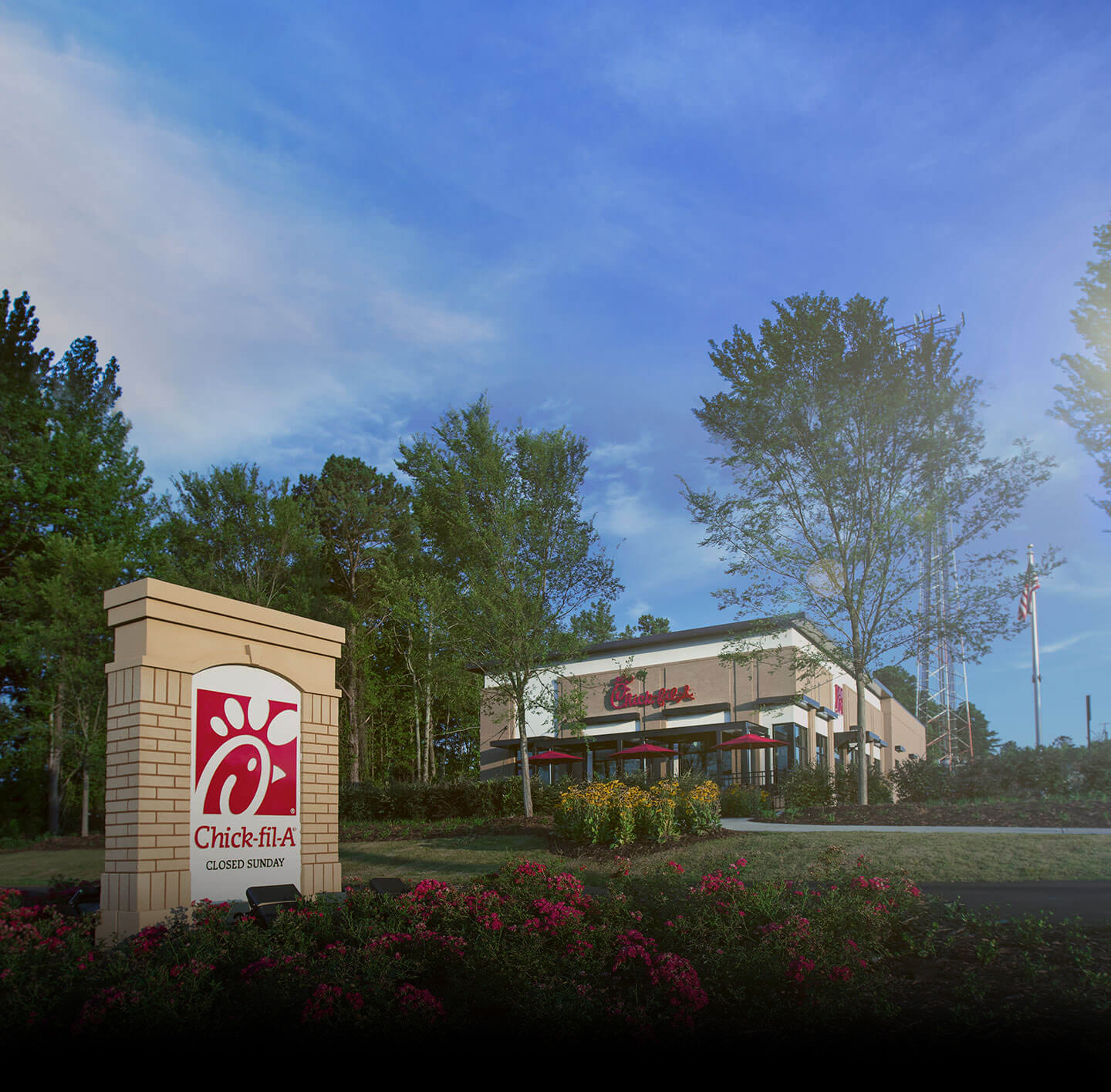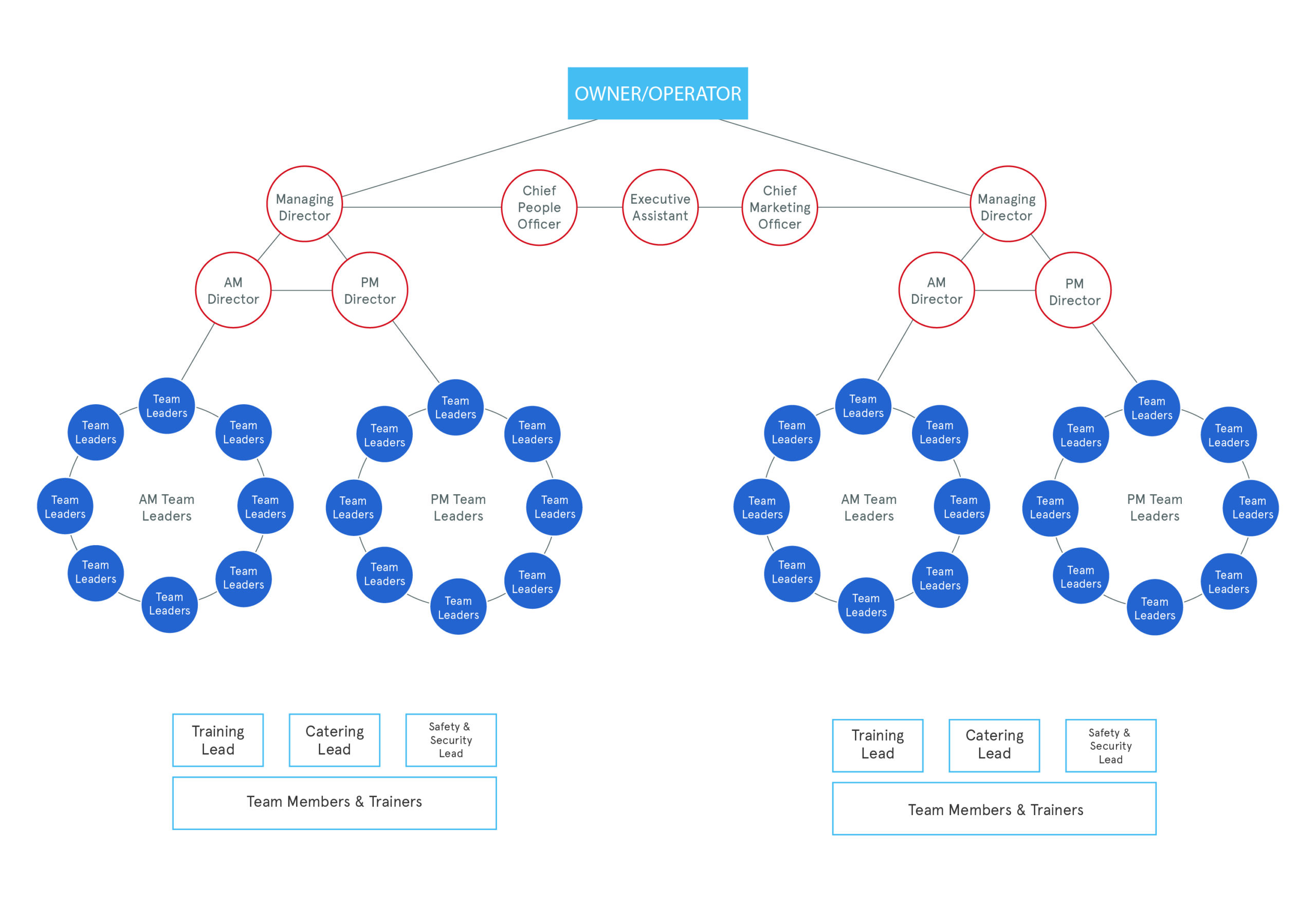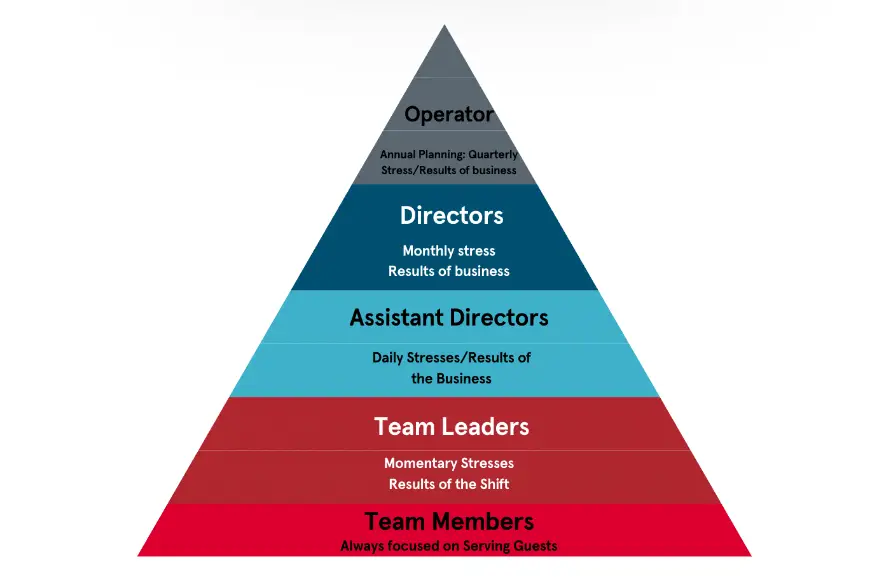Chick-fil-A’s organizational and management structure ensures the smooth running and operation of the quick service restaurant’s (QSR) daily activities. This is because the structure serves as a means of division of labor among the brand’s staff.
This QSR has its origin as far back as 1947 when Truett Cathy ventured into the food business by opening the Dwarf Grill in Hapeville, Georgia. Although he registered the name Chick-fil-A in 1961, the first restaurant under this name was opened in 1967 in the food court of the Greenbriar Mall in Atlanta.
The brand has been recognized as one of the biggest chicken-focused quick-service restaurants in the United States. The 2023 American Customer Satisfaction Index found that Chick-fil-A remained the country’s favorite fast-food chain for the ninth consecutive year since 2004.
Chick-fil-A has expanded beyond its initial target market which comprised largely of Americans and now operates in Canada and Puerto Rico. The brand also has plans to expand further to additional countries with high populations, a demand for chicken-based fast food, and a steady economy. As of 2023, the brand operates over 2,900 restaurants and employs about 140,000 individuals.
This can be attributed to Chick-fil-A’s extensive and effective marketing strategies and its extremely functional organizational and management structure which we shall discuss hereafter.
Read about: Ford’s Supply Chain Issues and Management
What is organizational structure?
The organizational structure of any business corporation refers to how different activities such as staff duties, work allocation and coordination as well as supervision are carried out. All these activities are usually channeled toward achieving specific goals and objectives that have already been outlined by the corporation.
The organizational structure of any business is a key part of that business because it is the bedrock upon which all company routines and procedures rest. It also affects an organization’s output and effectiveness, directs and determines the flow of information, and the decision-making process in the organization.

There are several types of organizational structure with the most common types being the hierarchical and flat organizational structures. The type of organizational structure chosen by a company is mostly dependent on its objectives and goals.
In the case of Chick-fil-A, its organizational structure is hierarchical with the company’s Chairman and Chief Executive Officer (CEO) being at the very top of the chain of command.
Read about: Costco Supply Chain Issues and Management
Chick-fil-A organizational and management structure
The organizational structure of any business is sometimes also referred to as its management structure.
Chick-fil-A operates a hierarchical management structure wherein the decision-making power of individuals increases based on the level they occupy on the organization’s chain of command.
For instance, the company’s Chairman has more influence on the company’s policies than a team member who works at the brand’s restaurant.
Being a family-owned private company means that Chick-fil-A does not have shares trading on the stock exchange; this implies that, unlike other public companies in which shareholders may have a say in the company’s operations through their ability to vote, the decision-making process in Chick-fil-A is largely determined by the decisions of the brand’s Chairman and CEO.
A clear example of the high decision-making power of the Chairman and CEO can be seen in the brand’s policy of not opening on Sundays. This was a decision made by the brand’s founder, Truett Cathy who had served as the brand’s Chairman and CEO between 1946 to 2013. The decision still stand’s till date as it is an intricate part of the company’s values and policies.
Due to the franchise system that the brand has adopted for some of its restaurants, the franchise operators are given some level of leverage to run their business in a way that suits their unique restaurant setup and community provided they align with Chick-fil-A’s key policies and culture.
For instance, when we consider the organizational structure of the restaurant at Simi Valley and that at Englewood, there are some differences in job roles.
The outlet at Simi Valley has the Executive Director of Operations as the next in line after the operator, and the Englewood outlet has the Managing Partner next in line. However, both restaurants run a hierarchical organizational structure with the franchise operator or owner at the top of the pyramid.
Read about: Nestlé Supply Chain: Issues and Management
Chick-fil-A organizational structure template


Read about: Kroger’s Supply Chain Issues and Management
Chick-fil-A management team
The management team at Chick-fil-A comprises the key ranking officers at the brand who are usually responsible for making major decisions that will directly impact the job roles of other employees and the day-to-day functioning of the QSR.
The following roles comprise Chick-fil-A’s management team:
- Chairman
- Chief Executive Officer (CEO)
- President and Chief Operating Officer (COO)
- Executive Vice President (EVP) and Chief Financial Officer (CFO)
- EVP & Chief Marketing Officer
- EVP & Chief People Officer
- EVP & General Counsel
- EVP & Chief Digital Officer
- EVP, International
Read about: Starbucks’ Supply Chain Issues and Management
Chick-fil-A organizational culture
Every existing business has a company culture that guides the brand’s operations and how it treats its staff and customers. According to Chick-fil-A, the brand’s organizational culture is:
We believe that a strong and caring culture is essential to our success and to offering fulfilling careers for our staff. The notion of care applies not only to our franchise Operators and their Team Members and customers in our restaurants, but also to how we treat each other at the Support Center.
Chick-fil-A is committed to a workplace culture where everyone is treated with honor, dignity and respect. And, our policies, practices and benefits support this goal.
At our restaurants, we’re known for being closed on Sunday, to allow Operators and their team members to enjoy a day of rest, be with their families and loved ones, and worship if they choose.
Chick-fil-A
Chick-fil-A’s organizational culture has profoundly influenced its core values which include service, working together, pursuing the brand’s purpose, and adapting operations in line with changing trends in the fast-food industry. The brand captures these core values as follows:
We’re here to serve. We keep the needs of Operators, their Team Members and customers at the heart of our work, doing what is best for the business and best for them.
We’re better together. It’s through teamwork and collaboration that we do our best work. We’re an inclusive culture that leverages the strengths of our diverse talent to innovate and maximize our care for Operators, their Team Members and customers.
We are purpose-driven. We model our Purpose every day, connecting our work and daily activities to our business strategy, supporting each other’s efforts to be good stewards who create positive impact on all who come in contact with Chick-fil-A.
We pursue what’s next. We find energy in adapting and re-inventing how we do things, from the way we work to how we care for others.
Chick-fil-A
The outstanding organizational and management structure of Chick-fil-A has kept the brand profitable for decades as the company keeps recording a steady increase in profits annually.
The effectiveness of its team members and the company’s strict policies of adhering to and respecting the above-stated company values which are a core part of the brand has earned it a place as the 7th top company for culture and values according to Forbes.
Read about: Nike’s Supply Chain Issues and Management
Conclusion
Chick-fil-A’s organizational and management structure has been used by the company for decades and since the company’s inception, they have recorded a steady growth in the number of restaurants, employees, and company profitability.
All these are pointers to the fact that the hierarchical nature of Chick-fil-A’s organizational structure has been a valuable contributor to this growth.
Additionally, the company’s culture of serving the communities where they are located not only by providing fresh food but by also actively contributing to community improvement and development through its sponsorship of several community-based initiatives has added to the overall acceptability of the brand by a large percentage of consumers.
Last Updated on November 9, 2023 by Blessing Peter TitusBlessing's experience lies in business, finance, literature, and marketing. She enjoys writing or editing in these fields, reflecting her experiences and expertise in all the content that she writes.
